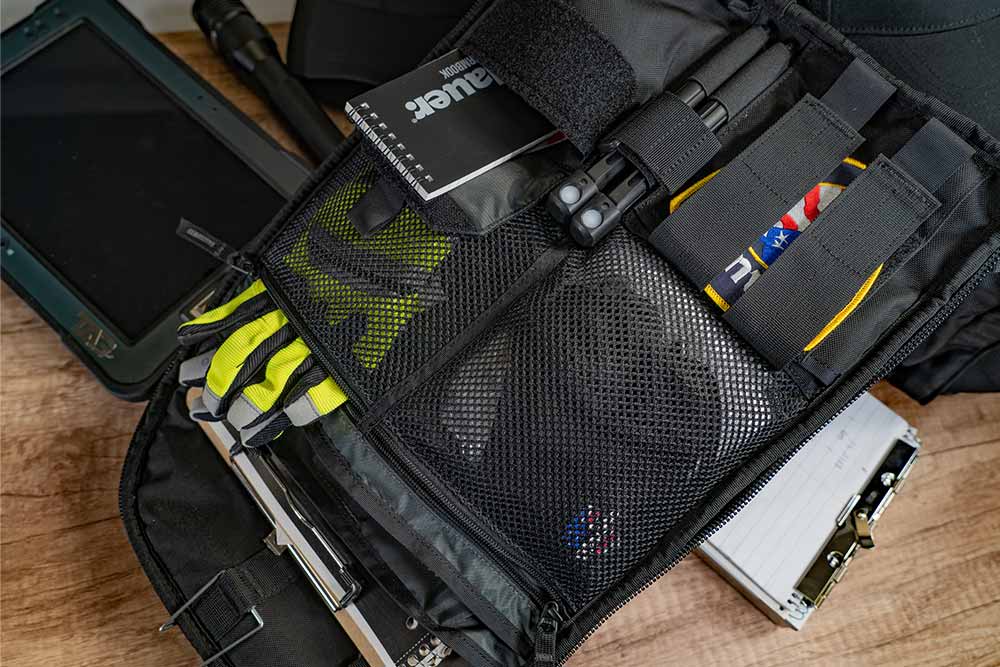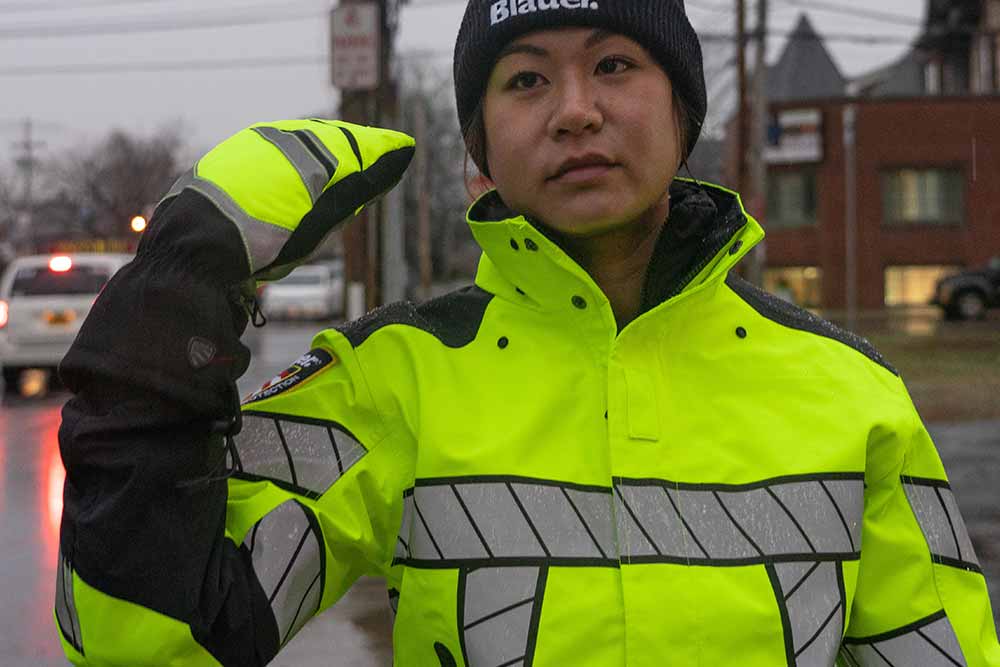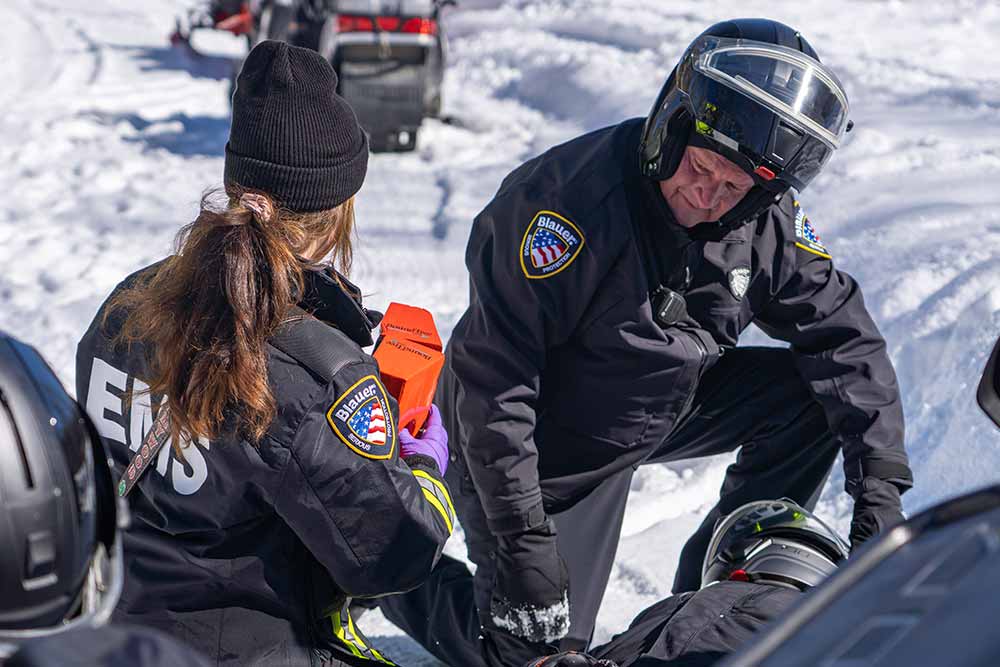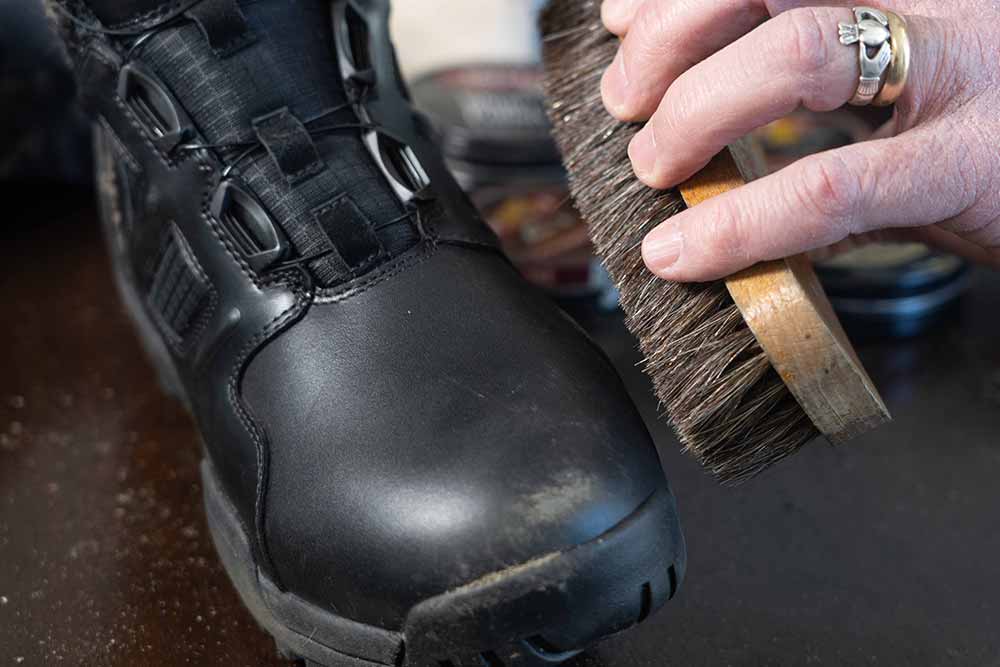A recent trend among many police departments is the inclusion of a tactical police outer vest carrier. Some departments, instead of allowing the choice of an inner or outer vest carrier, are moving exclusively to the outer vest system. While each department's specific needs are different, there are many advantages of switching to, or allowing outer vest carrier systems.
There are several practical advantages that patrolmen will immediately notice when wearing a police outer vest carrier. The first advantage is comfort. Because the vest is worn outside of the uniform, it becomes easier to adjust throughout an officer's tour of duty. Officers who work in areas that become particularly hot will be able to remove the vest to provide relief as well (though this should only be done in safe, secure areas).
Officers will also be able to lighten the load of their duty belts. Many tactical outer vest carriers include additional pouches and pockets for flashlights or radios. Though these individual items may only weigh a few pounds each, any officer working on the street can testify to the tremendous amount of relief provided by taking a few pounds off his or her waist. Additionally, some smaller framed officers may not have room on their duty belts for all of the equipment their departments allow them to carry. One additional pouch or pocket may allow an officer to carry a Taser, mace can, baton or extra magazine.
If you prefer a traditional, uniform style, many outer vest carriers mimic the look of your everyday uniform shirt. The police uniform shirt style of these outer vest carriers can be worn over short or long sleeved base shirts, making for a more discreet way to wear your body armor.
In the event that an officer is injured, an outer vest carrier offers several advantages over a more traditional inner vest carrier. First, if your department utilizes "blow-out" style first aid kits that are carried on (or in) the vest, they will be much easier to access on an outer vest carrier. In the case of more serious injuries, an outer vest carrier can be more quickly removed by responding officers or emergency medical personnel for assessment of the officer's wounds.
In situations where the scene is not yet secure for medical technicians, a seriously injured officer may need to be evacuated to a safe area so that emergency medical treatment can be administered. An outer vest carrier provides several additional options to evacuate an officer who is unable to move under his or her own power. By placing the vest outside the uniform shirt, several additional hand holds are created to help carry the officer. Since every situation is unique, the more options officers have to evacuate a wounded officer, the better.
The advantages and options provided by an outer vest carrier are simply too great to be ignored. As technology evolves, outer vest carriers become more advanced and offer even greater protection and functionality. Every department should consider their individual circumstances to determine if an external vest carrier is appropriate for their officers.





